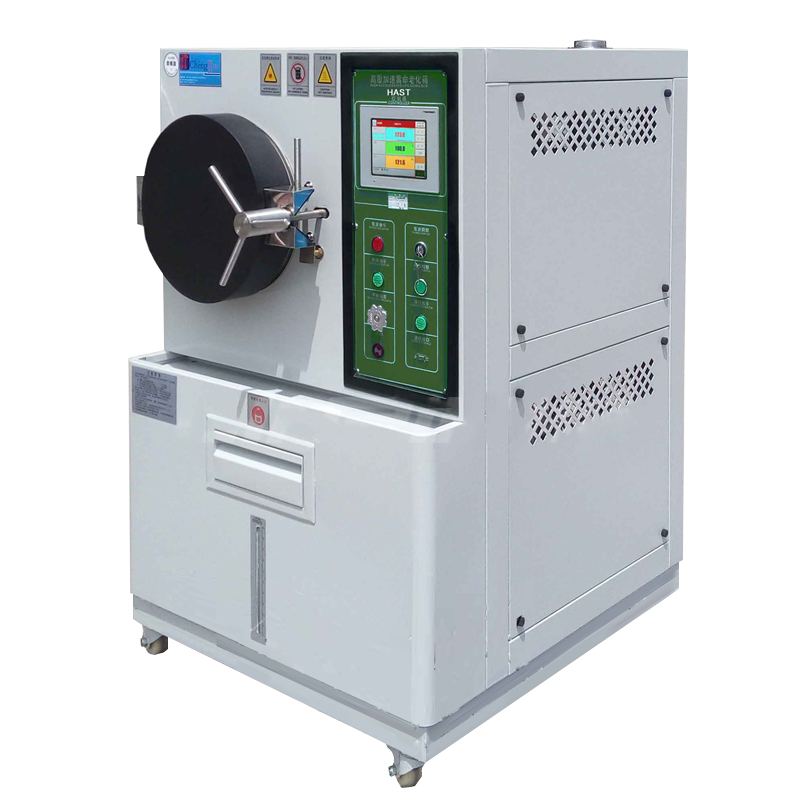In modern electronic component and material testing, HAST (Highly Accelerated Stress Test) chambers play a critical role by simulating harsh environmental conditions and predicting product reliability in real-world use. But have you considered how the placement of samples inside the HAST chamber impacts test results? Today, we dive deep into this often-overlooked factor and uncover its significance.
Why Sample Placement Matters
In HAST testing, sample positioning significantly influences the accuracy and reliability of results. The key reason? Uneven temperature and humidity distribution. HAST chambers do not always provide perfectly uniform airflow—some areas may develop localized "hot spots" or humidity accumulation.
For example:
- Clustered samples can trap heat and moisture, accelerating aging in certain areas and skewing test data.
- Blocked airflow due to poor spacing may create inconsistent exposure, leading to unreliable failure predictions.

How Different Placements Affect Results
Orientation and arrangement play a crucial role:
- Vertical vs. horizontal placement alters how condensation forms on sample surfaces, affecting corrosion rates.
- Proximity to airflow vents determines exposure intensity—samples near vents may degrade faster than those in stagnant zones.
In short, where and how you place samples directly impacts their environmental exposure, ultimately influencing reliability assessments.
Best Practices for Optimal Layout
To ensure valid HAST test results, follow these guidelines:
- Maintain adequate spacing – Prevent heat/moisture buildup by allowing free airflow between samples.
- Use multi-level racks – Maximize chamber space while ensuring uniform exposure for all samples.
- Adjust orientation based on sample design – Position sensitive components to face airflow evenly.
Final Thoughts
Never underestimate the impact of sample placement in HAST testing. A seemingly minor oversight can distort results, delay product launches, and even compromise market competitiveness. Precision in testing begins with precision in setup—by optimizing sample arrangement, you ensure accurate, reliable data that truly reflects product quality.












